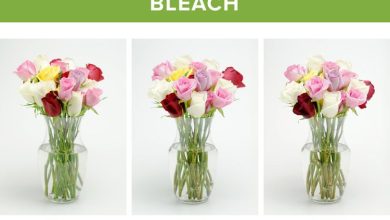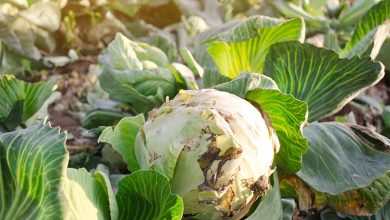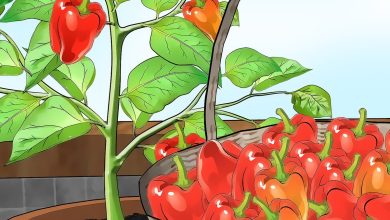How often and how to water my indoor plants?
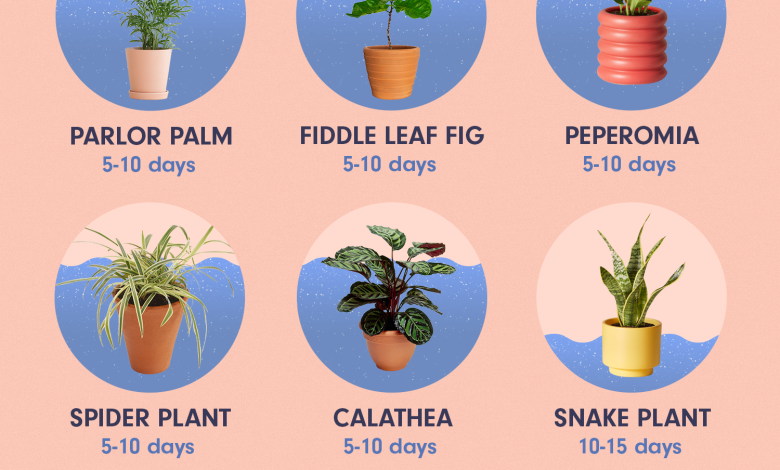
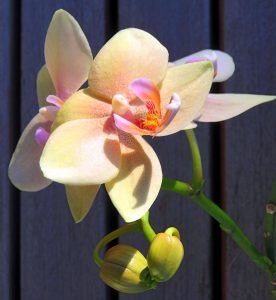 Although each type of plant has specific needs, there are many cares that we can talk about specifically for indoor plants.
Although each type of plant has specific needs, there are many cares that we can talk about specifically for indoor plants.
Among these cares, irrigation is decisive, since water is one of the fundamental ingredients for the development of any species.
In that sense, we can tell you that indoor plants usually require special attention when it comes to this topic.
This is because within your home their living conditions will be very different and the way in which they carry out their vital functions will change. Thinking about all this, today we will explain the most basic points that you must keep in mind to implement the irrigation of indoor plants.
Important points when watering indoor plants:
- Irrigation frequency: it will depend on the humidity of the soil.
- Irrigation method: localized, with garden watering can.
- Optimum time of day for irrigation: early in the day.
- Identify excess water: weakness, rotten roots, diseases or fungi.
- Identify lack of water: yellowing leaves, dryness of the earth.
What watering needs do indoor plants have?
Irrigation needs depend on each type of plant specifically.However, you should keep in mind that indoor plants are much more protected than those outside.
This feature makes it essential that you control the amount of moisture in your plants, as they will not dry out as quickly as plants outside. For this reason, it is advisable that you check the humidity of the soil, which will tell you when it is appropriate to water and when it is convenient not to do so.

Likewise, you should be careful not to wet more than the soil, since many plants are sensitive to fungi and diseases. On the other hand, you must reduce the humidity avoiding that the water remains stagnant, especially if you place plates under the pots.
In the case of the latter, it is recommended that they be made of clay, since their porosity helps the water to evaporate faster. Contrary to this, with plastic pots it is convenient to reduce the amount of watering, because they retain more water.
How can we detect lack of irrigation in indoor plants?
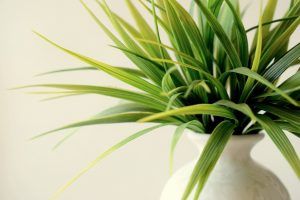 The first way to detect the lack of irrigation in an indoor plant is the soil, which will be dry and hard.In some cases, you can see that the stems look more porous and decayed.
The first way to detect the lack of irrigation in an indoor plant is the soil, which will be dry and hard.In some cases, you can see that the stems look more porous and decayed.
Likewise, yellowish or dry leaves are irrefutable proof that the plant needs water to stay alive.
How often should we water indoor plants?
Depending on the type of plant, it may be convenient to water them daily, every other day or, in some cases, once a week.This will be closely linked to the environmental conditions and the seasons, since that will determine if it is appropriate to water often or not.
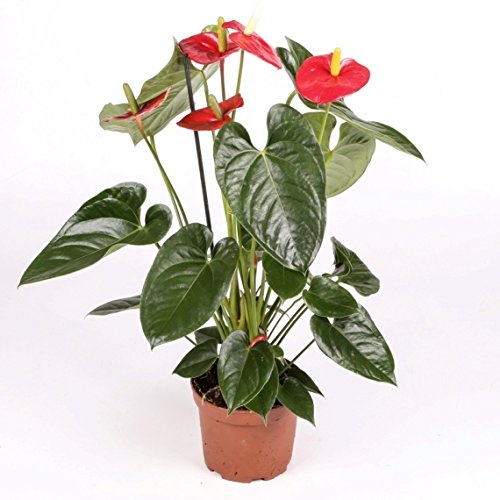
It is best to be guided by the condition of the soil in which your plant is located. Too dry means watering and too wet is equal to waiting a little longer before watering again.
What is the best way to water indoor plants?
The best way to water an indoor plant is with the use of a garden watering can, since it helps to make the watering more localized. During the process, you should only moisten the soil of the plant, without flooding, so that the roots can take what they need and nourish themselves.
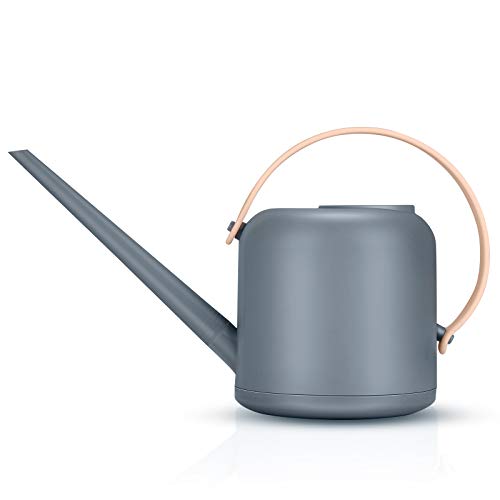
In addition, you need to wait for the excess water to drain and come out of the pot, so you can empty the dish and avoid rot. Another good recommendation is to place stones inside the collection plate, which will prevent the water from directly contacting the earth.
How do we detect excess water in indoor plants?
The weakness of the plants is, without a doubt, one of the main signs that humidity and water are present in excess. It is an effect that you can see with the naked eye and that will make your plant look sad and lifeless.
Likewise, the presence of fungi and diseases can be an indication of too much humidity, making it necessary to use remedies to combat them. Similarly, due to the amount of water, the roots will begin to rot, which will lead to the death of the specimen.
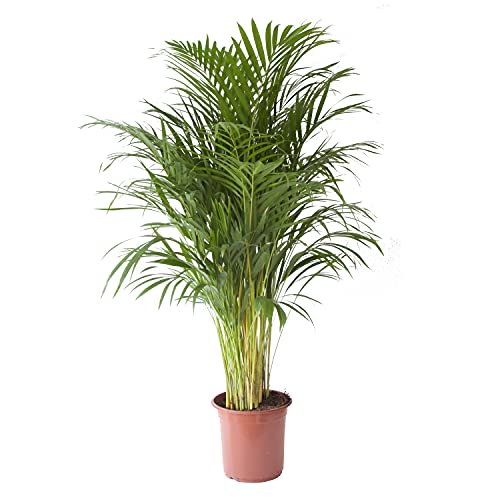
Suspending watering and letting the plant spend more time in sunlight can be a good way to counteract these moisture problems.Indoor plants are more vulnerable than outdoor plants because their conditions are often more complex.
Changes in temperature, time of sun exposure and irrigation are decisive in maintaining their health, so you must be very careful.
Bibliographic references
- Irrigation system for indoor plants based on Wireless Sensor Networks and smart mobile devices, N Pavón, JA López, MÁ Fuentes… – Conference on…, 2012 – conferencessarteco.org
- The ABC of Houseplants , J Baines, K Key, C Bellot – 1974 – sidalc.net
- Houseplants: cultivation and conservation manual, DG Hessayon – 1994 – sidalc.net
- Illustrated practical guide for the care of indoor plants , D Longman, D Díez – 1981 – sidalc.net
- Indoor and Greenhouse Plants: Description and Cultivation, G Bellair, L Saint-Léger, CA Guastavino – 1988 – sidalc.net
- Difficult -to- grow indoor plants, Y Jiménez Márquez – 1989 – sidalc.net
- Indoor plants of easy cultivation, MA Castillo – 1988 – sidalc.net
Maybe you are also interested in:
- [10 Types] of Indoor Plants that Need Low Light
- [14 Types of Indoor Plants] to Have at Home
- Homemade Indoor Plant Fertilizer: Our Formula – Sembrar100
- Begonia Rex: [Cultivation, Substrate, Irrigation, Associations, Pests and Diseases]
- How to Fertilize Indoor Plants Step by Step – Sembrar100
- How to Transplant an Indoor Plant: [Complete Guide]
- Caring for Indoor Plants: [Pruning, Light, Substrate and Humidity]
- Indoor Plant Care: [Soil, Humidity, Pruning and Problems]
- Irrigation in Indoor Plants: [Basic and Complete Guide]
- The [15 Best] Durable and Hardy Houseplants
- List of [16] Indoor Plants that Bloom All Year
- List of [15 Indoor Plants Without Flower]: Examples and Care
- Indoor Planting to Decorate your House: Where to Buy? List
- Indoor Hanging Plants: [15 Examples + Care, Watering and Substrate]
- Plant and Grow Indoor Plants Like a Pro

